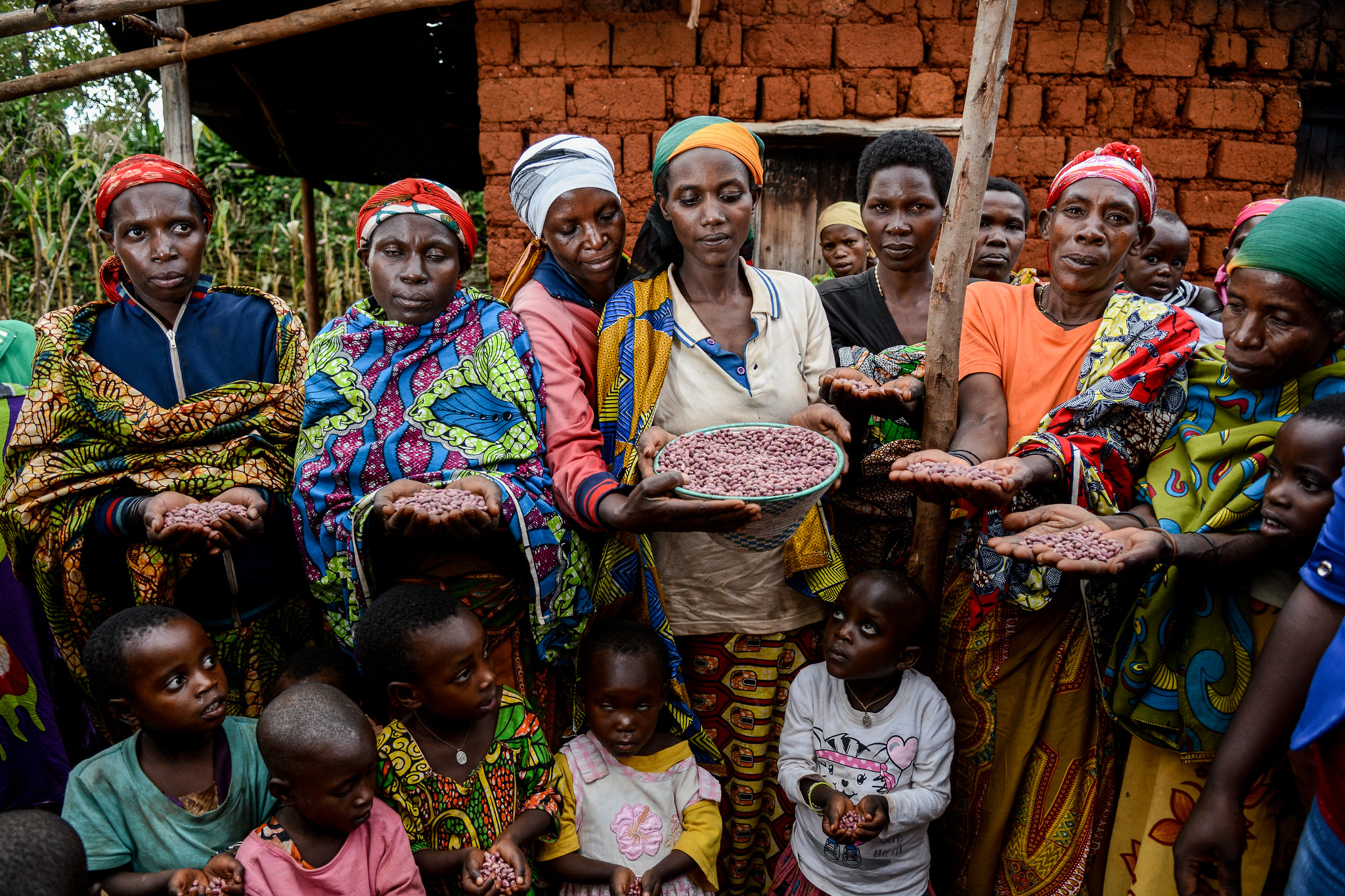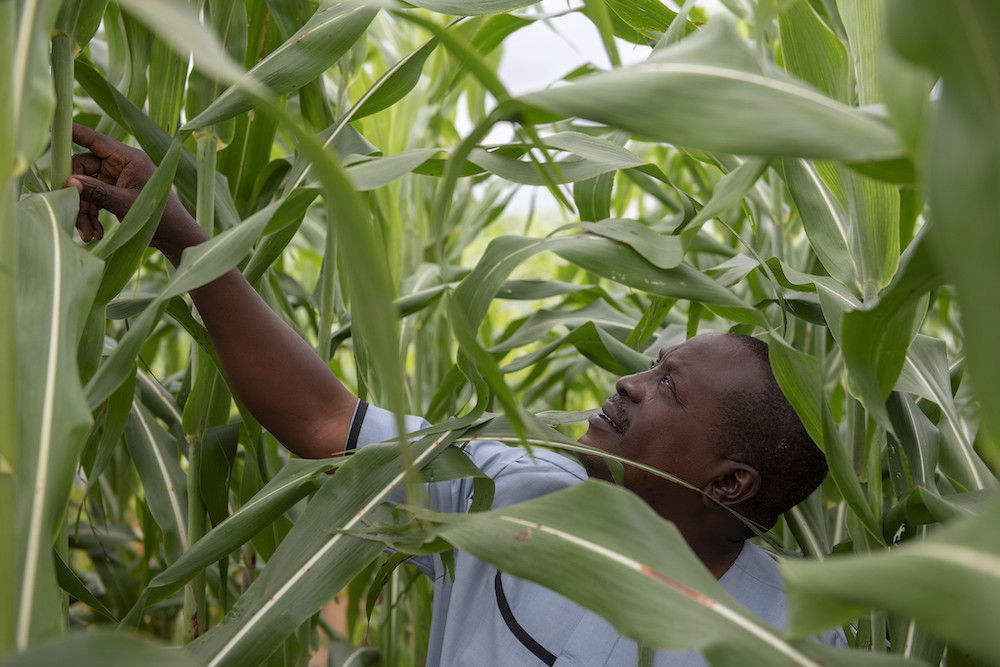
90 million hectares of South Asia and Sub-Saharan Africa is dryland. These regions also experience acute poverty, and crop success is vital for survival. For smallholders, climate change threatens cereal and legume production, and thus both livelihoods and food security in these regions. Several crop-specific studies indicate a significant decline in yields as a result of climate change. At the same time, demand for dryland cereals and legumes is increasing and predicted to grow by 30-60%, varying by region. Given the importance of dryland cereals and legumes, research that identifies ways to make these crop systems more resilient in the face of climate change is essential. Most studies have focused on adaptations to improve production in different climate scenarios, such as in the case of drought and rising temperatures. Studies have identified crop traits that increased tolerance to environmental stressors, as well as innovative management practices. However, the future of dryland crops, and the strategies that could ensure climate resilience and food security, have yet to be explored in many key regions. Research also needs to go beyond productivity, and incorporate socio-economic data. To learn more about what we do and don’t know, and how foresight techniques can help us fill knowledge gaps, read the full brief.
Find the The Future of of dryland cereals and legumes brief here: https://doi.org/10.31235/osf.io/m8ywq

RESOURCE
CGIAR Foresight Report Working Papers
Food, land, and water systems are undergoing unprecedented change in ways that affect us all.

RESOURCE
CGIAR Foresight Report Working Papers
Food, land, and water systems are undergoing unprecedented change in ways that affect us all.
